More than 240,000 people are without power only a few hours after Hurricane Debby made its brutal landfall in Florida on Monday morning.
Debby escalated quickly from a tropical storm to a hurricane on Sunday night. Within only a few hours after this escalation, Debby then made landfall in Florida at 7 a.m. on Monday.
Hurricane Debby Hits Florida
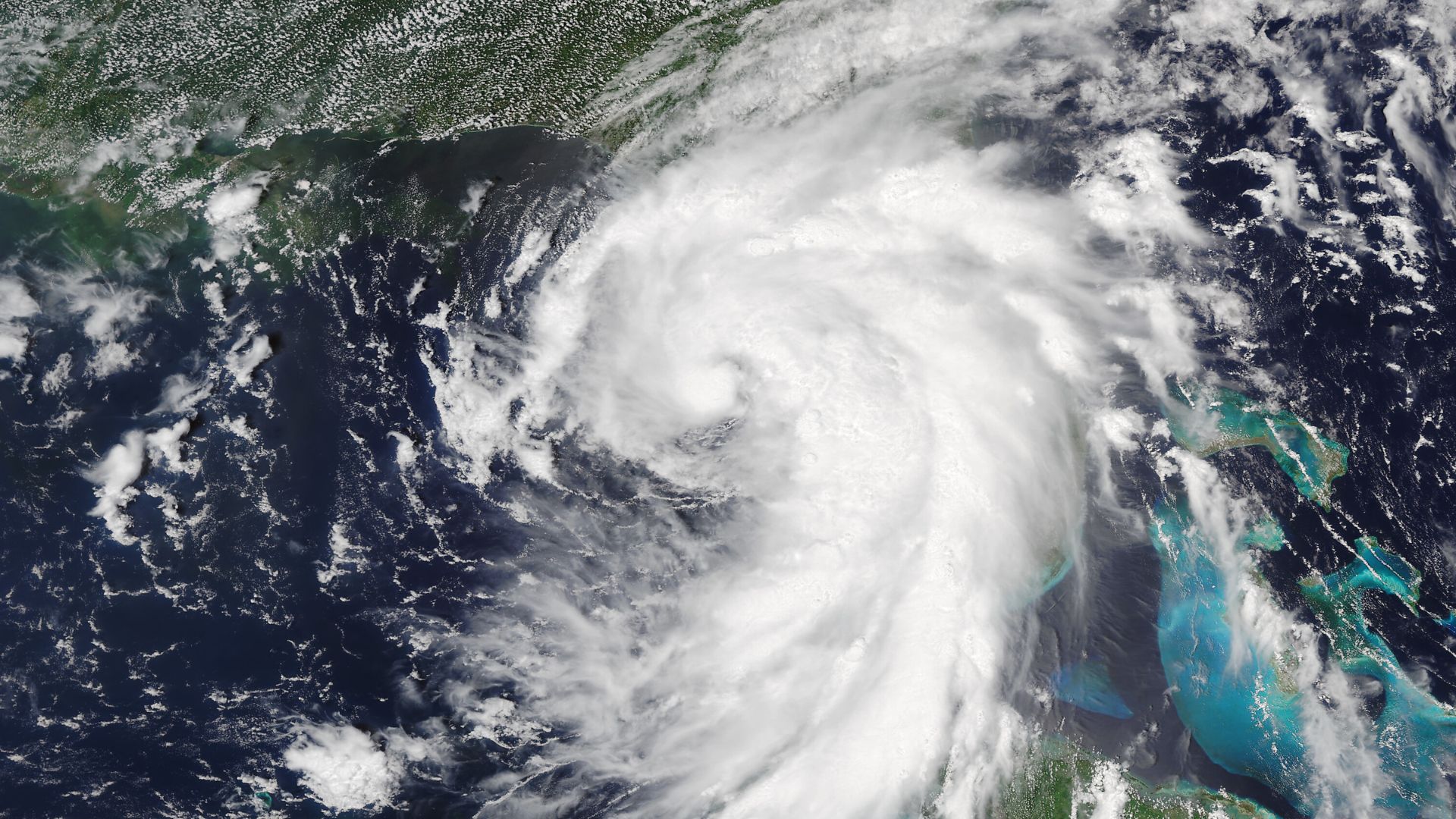
Hurricane Debby officially made landfall in Florida near the coastal town of Steinhatchee. Now, Debby is forecasted to very slowly go over Florida, as well as parts of Georgia and South Carolina.
Florida officials have warned the public of the potential severity of this hurricane, which could knock out power for more than a few days.
Floridians Are Without Power

Only a few hours after Debby made landfall, many people and businesses were without power.
Now, it appears that at least 247,981 power outages have been seen throughout the state of Florida by just 7:25 a.m. — only about half an hour after Debby truly hit Florida.
Power Outages Likely to Continue

Unfortunately, even more power outages will likely continue as Debby slowly creeps up throughout the rest of Northern Florida and into Georgia and South Carolina.
Even before Debby hit Florida — or before it became a Category 1 hurricane — officials such as Florida Governor Ron DeSantis warned that many could face power outages.
Thousands Still Without Power
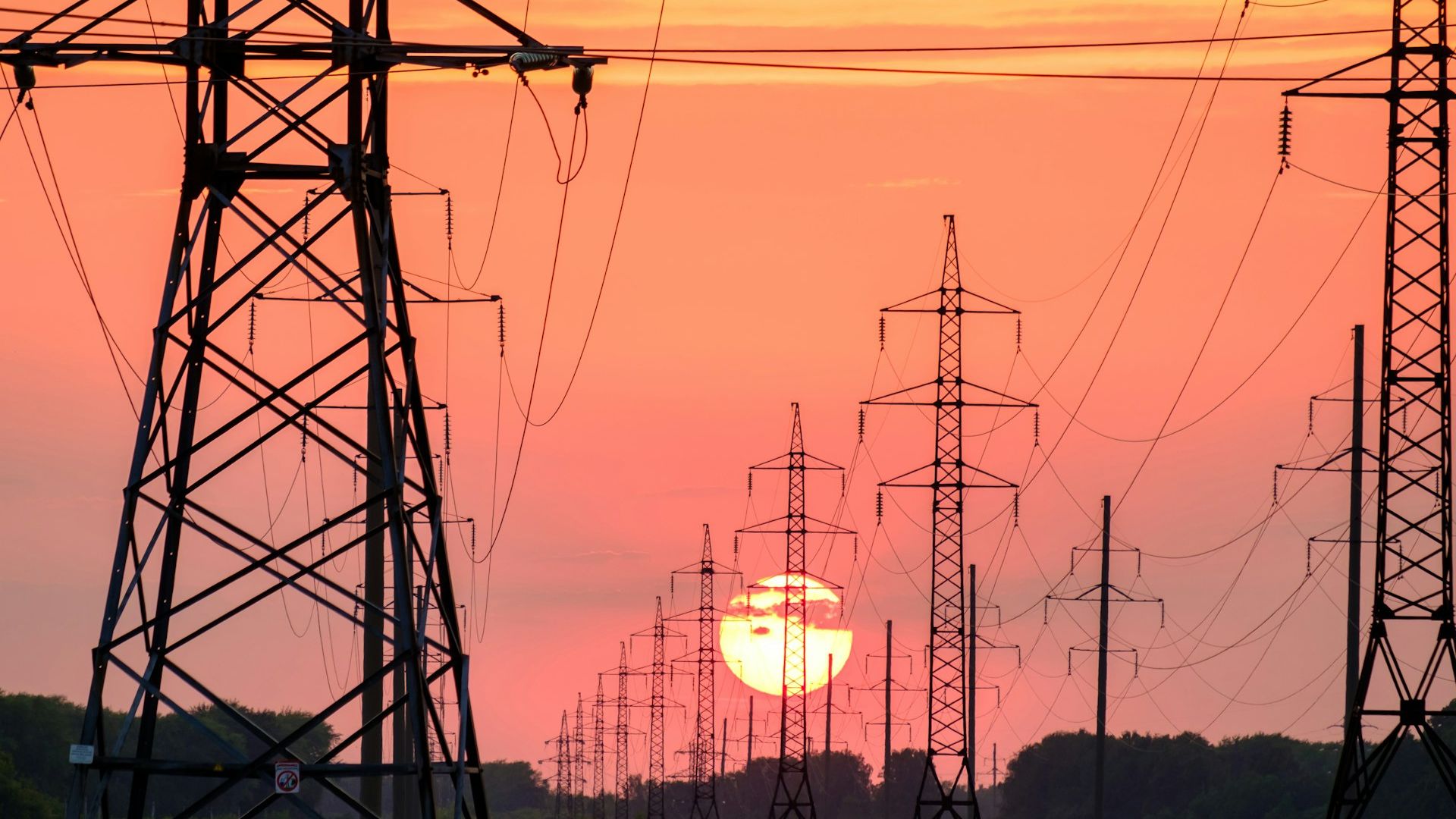
As of August 6, 133,000 Floridians were still without power, the day after Hurricane Debby hit the Sunshine State.
The utility with the most affected customers was Duke Energy, which had about 44,000 customers still without power. Duke Energy said 3,000 out-of-state crews were assisting its Florida team to bring power back to its clients.
Emergency Services Get to Work
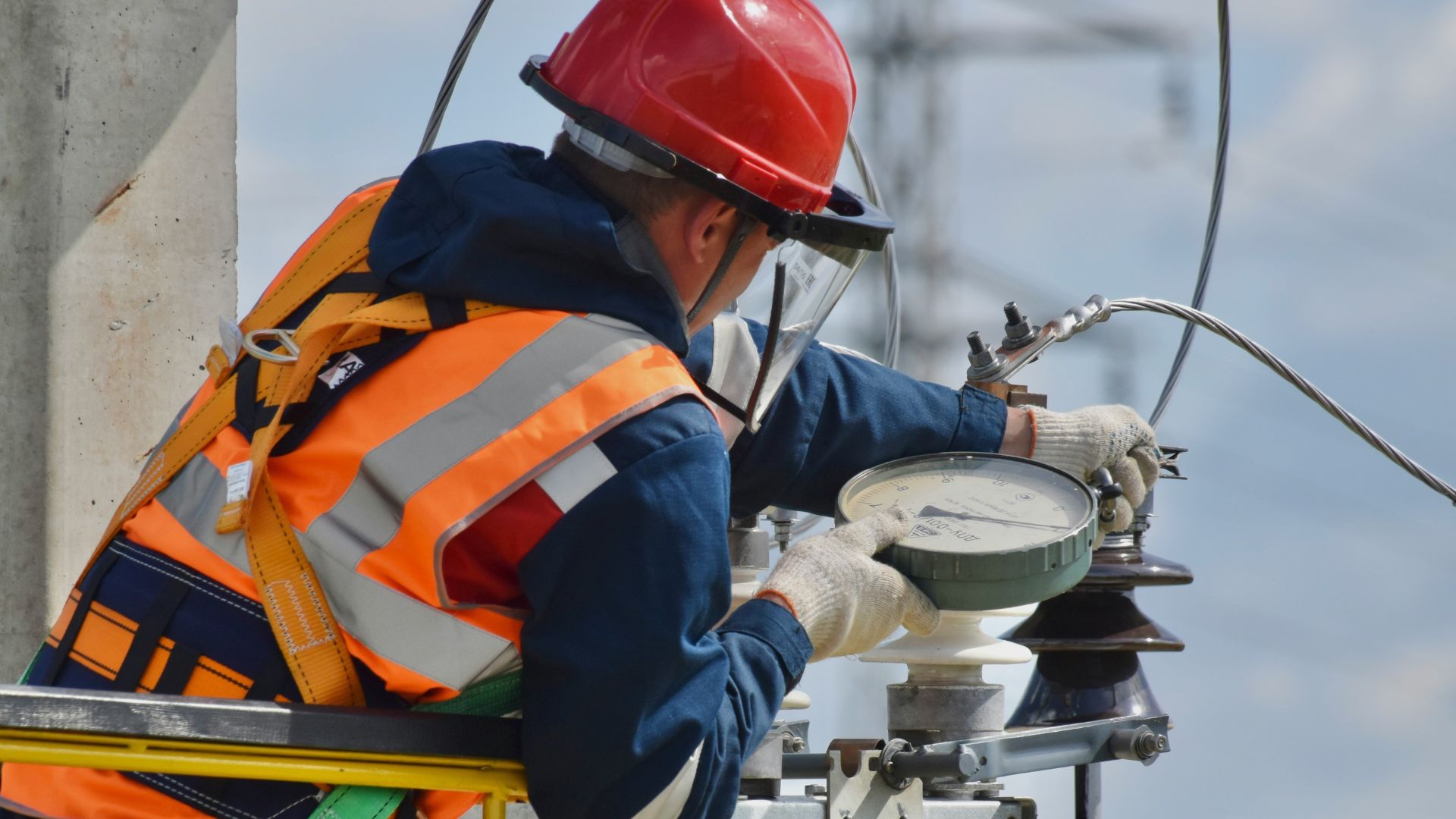
Previously, DeSantis had explained that Florida’s emergency department has up to 17,000 linemen from in the state and outside of the state who are ready to help restore power throughout Florida after the hurricane passes through.
On Monday, DeSantis added, “We have a lot of restoration personnel ready to go.”
DeSantis Stays Hopeful
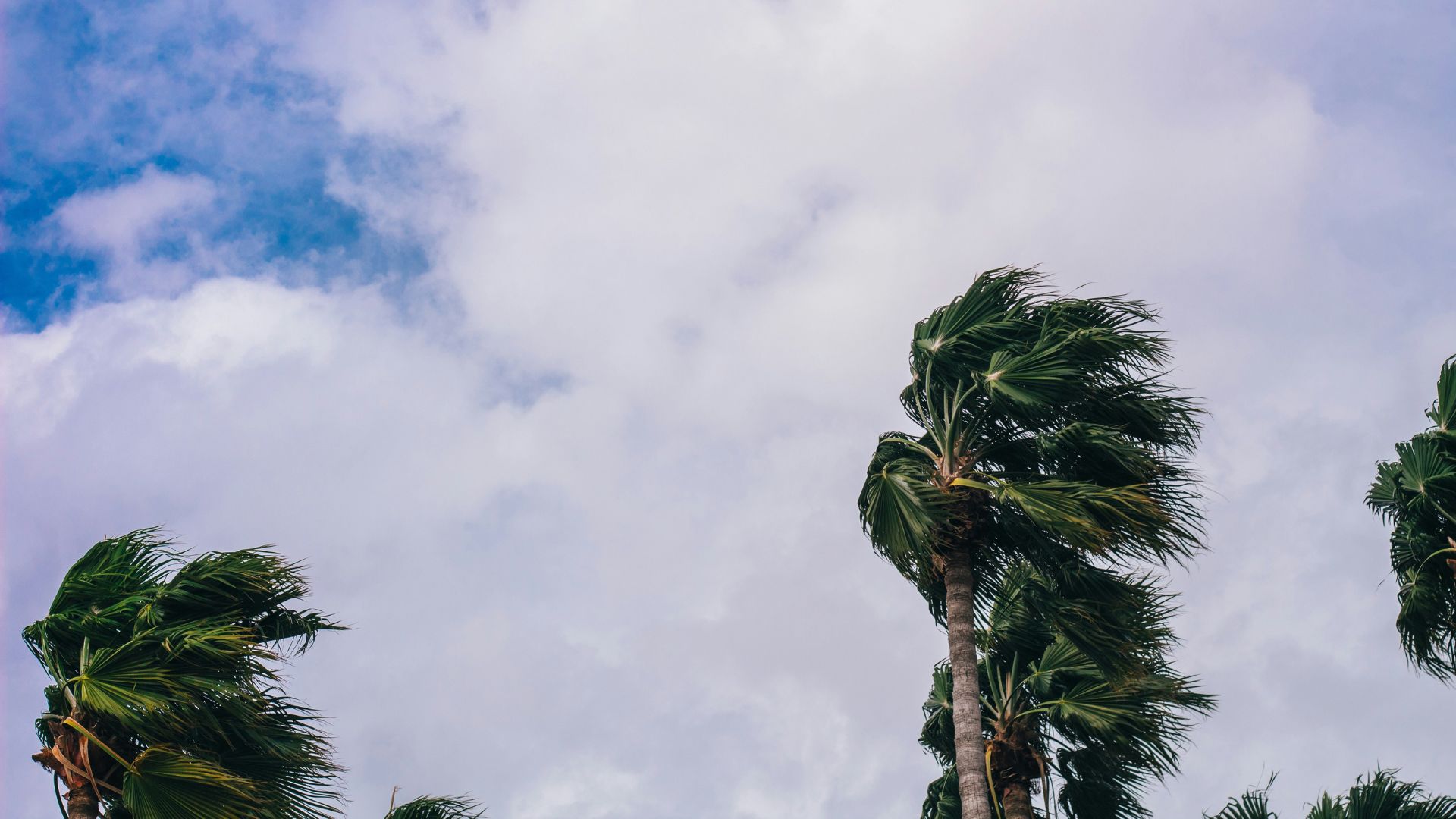
Though many people are already without power, DeSantis claimed that he didn’t think the power outages in Florida would be as bad as it has been in the past.
“I think because this is a Category 1 with 80-mile-an-hour sustained winds, the total number of power outages are not going to reach the level that they did with Hurricane Idalia, certainly not the level that they did with Hurricane Ian back in 2022,” he explained.
Using Other Options
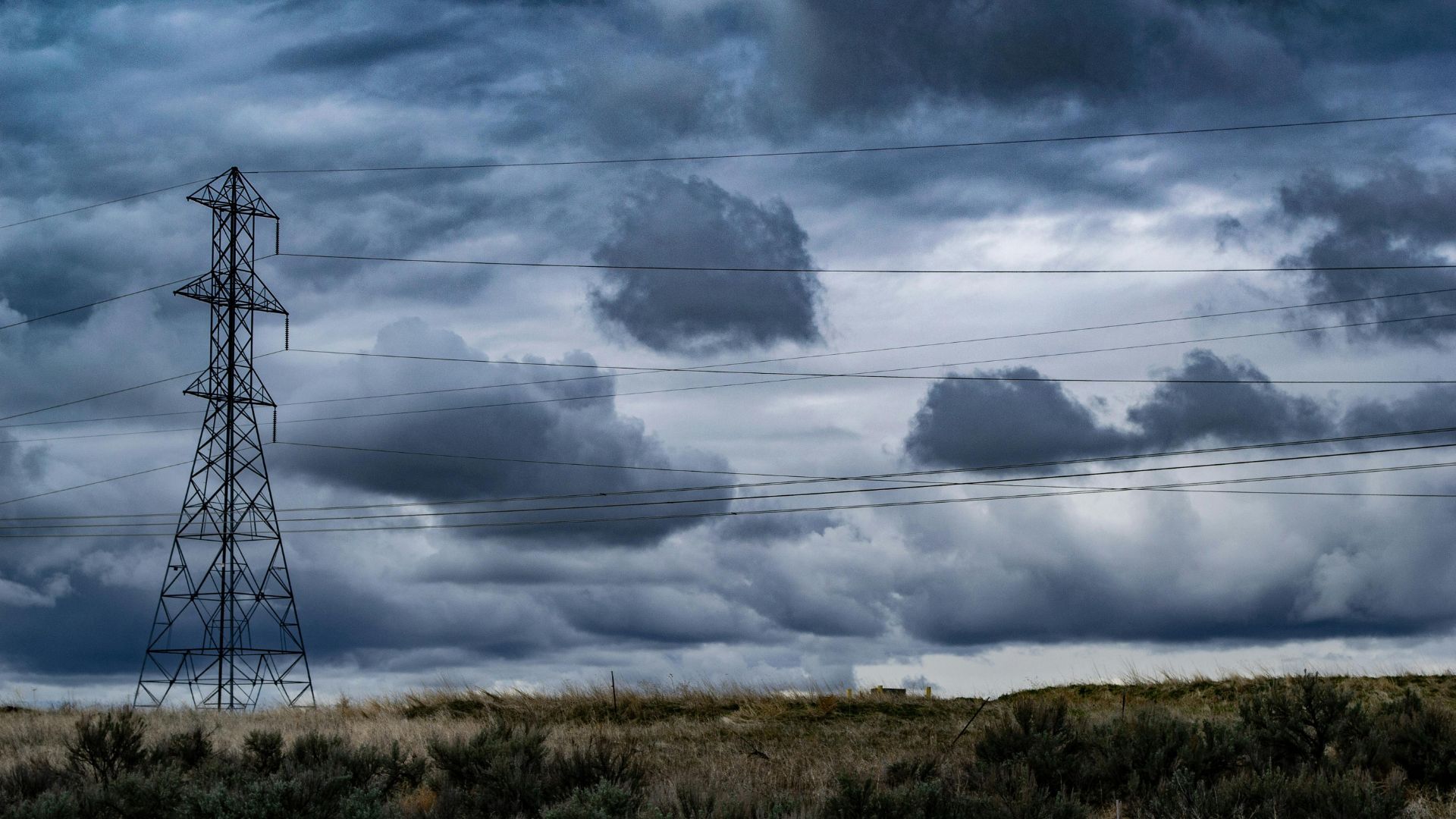
DeSantis further added that they have other options, such as using Starlink, if needed.
“I know a lot of the utilities have already restored hundreds or thousands of folks starting yesterday,” DeSantis stated. “We also have Starlink internet ready to deploy if that is needed.”
Ongoing Power Outages
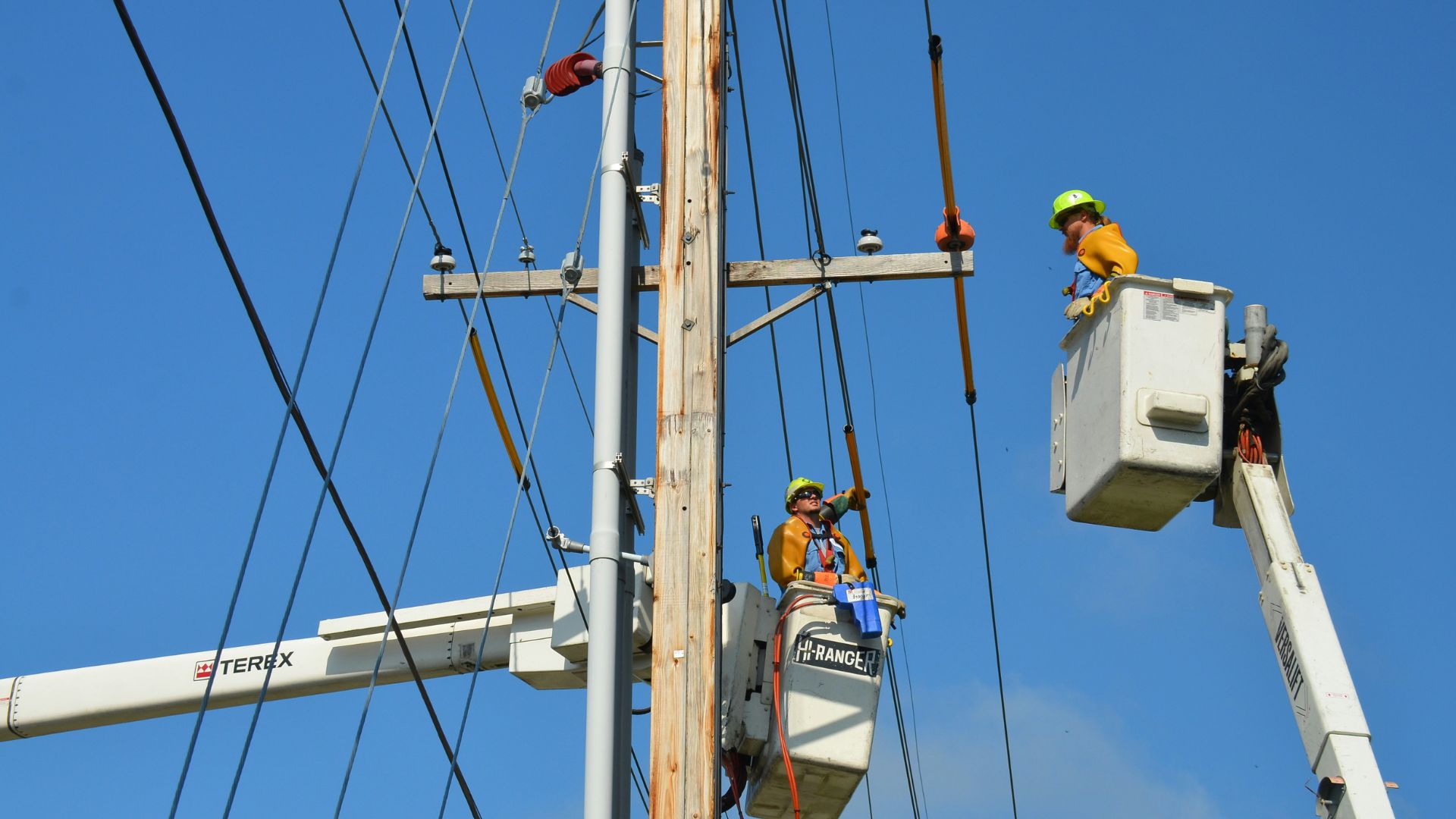
However, those in the direct path of the storm may lose power — and they may be stuck without power for the next few days.
DeSantis has warned people that crews cannot be deployed to fix lines and bring power back to countless homes and businesses until the storm has passed. Otherwise, it would put crews in danger.
Stay Prepared for the Storm
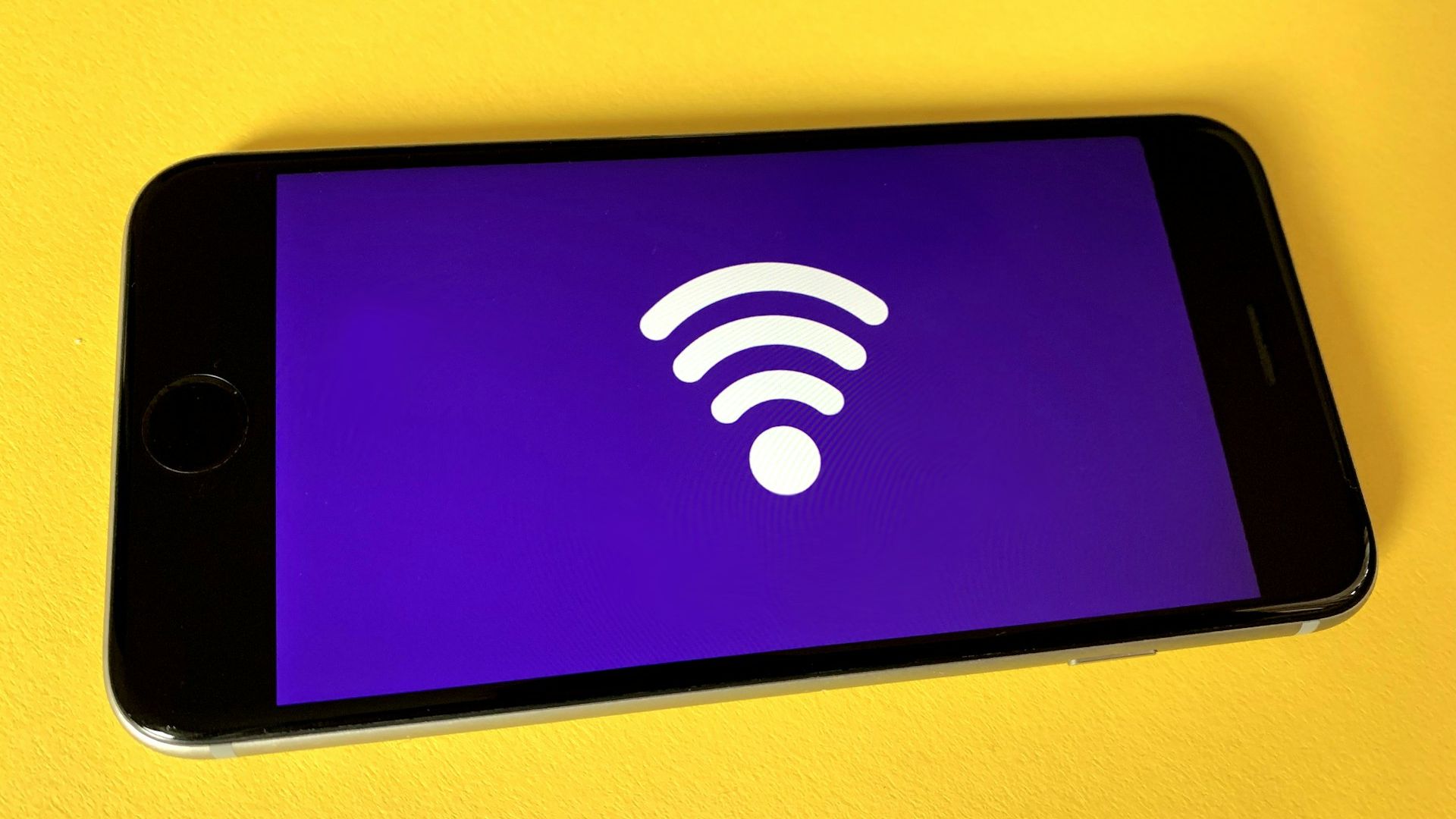
As Debby continues to tear through the south, four companies have taken steps to keep people online.
Verizon customers can purchase a hot-spot device with a one-time payment of $79.99 or $2.22 per month for 36 months, which will provide unlimited WiFi. The company’s cell sites have generators and backup batteries so that you can still have access to the Internet even if the power goes out.
Staying Connected

Other cell companies offer plans to keep you connected in case of a power cut.
AT&T offers hotspot devices as long as regional networks are still functioning. Spectrum customers are also entitled to mobile hotpots under certain plans. T-Mobile provides backup power like generators and batteries at its cell towers to keep the power going.
A Slow Moving Storm
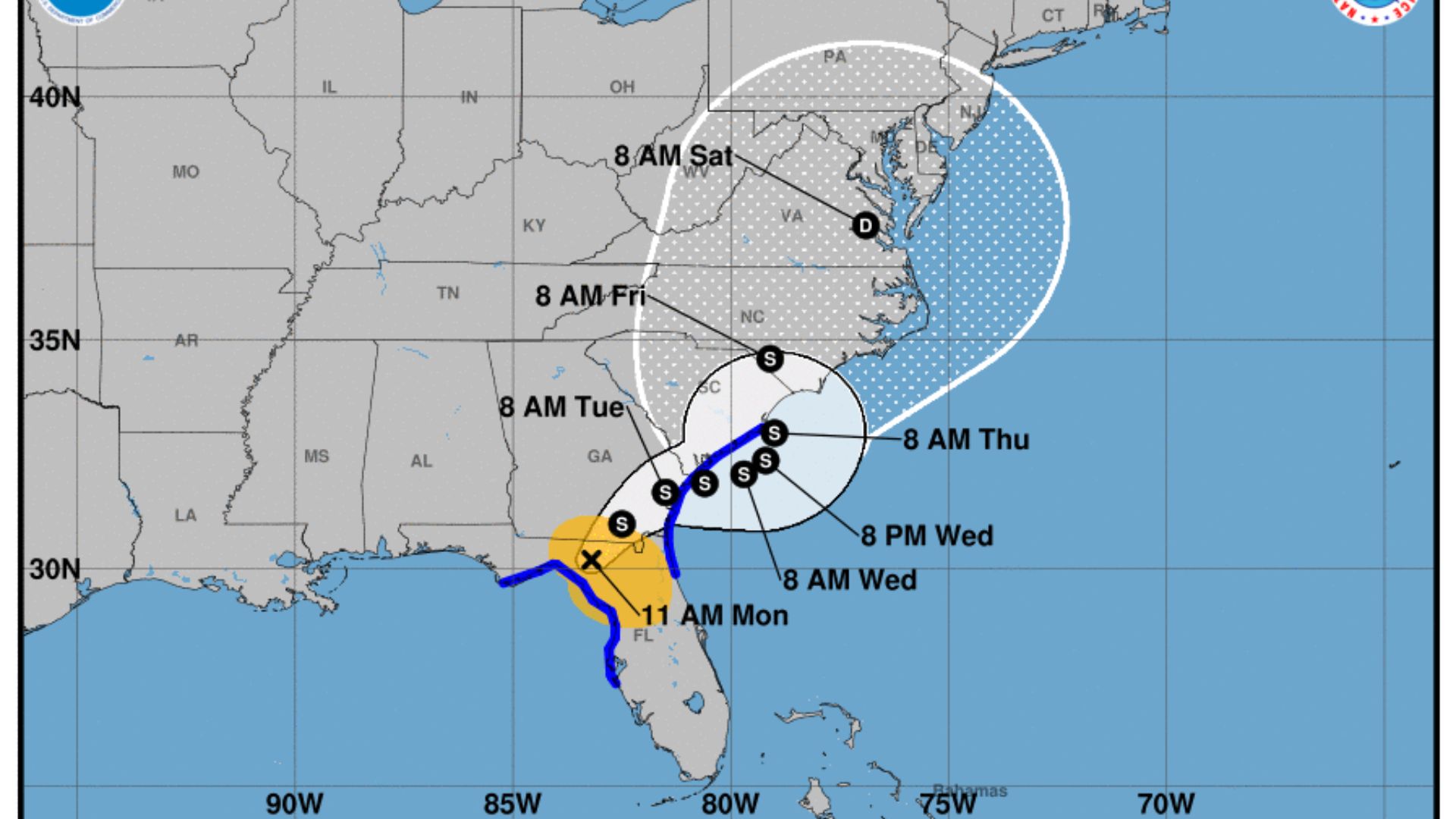
Meteorologists have claimed that Debby will be very slow-moving now that it has made landfall. This could complicate things — especially for those who are without power during this brutal summer.
A slow-moving storm could bring more destruction and rain to various areas in Florida, Georgia and South Carolina. It could also leave people without power for an extended and dangerous period of time.
North Carolina Hit
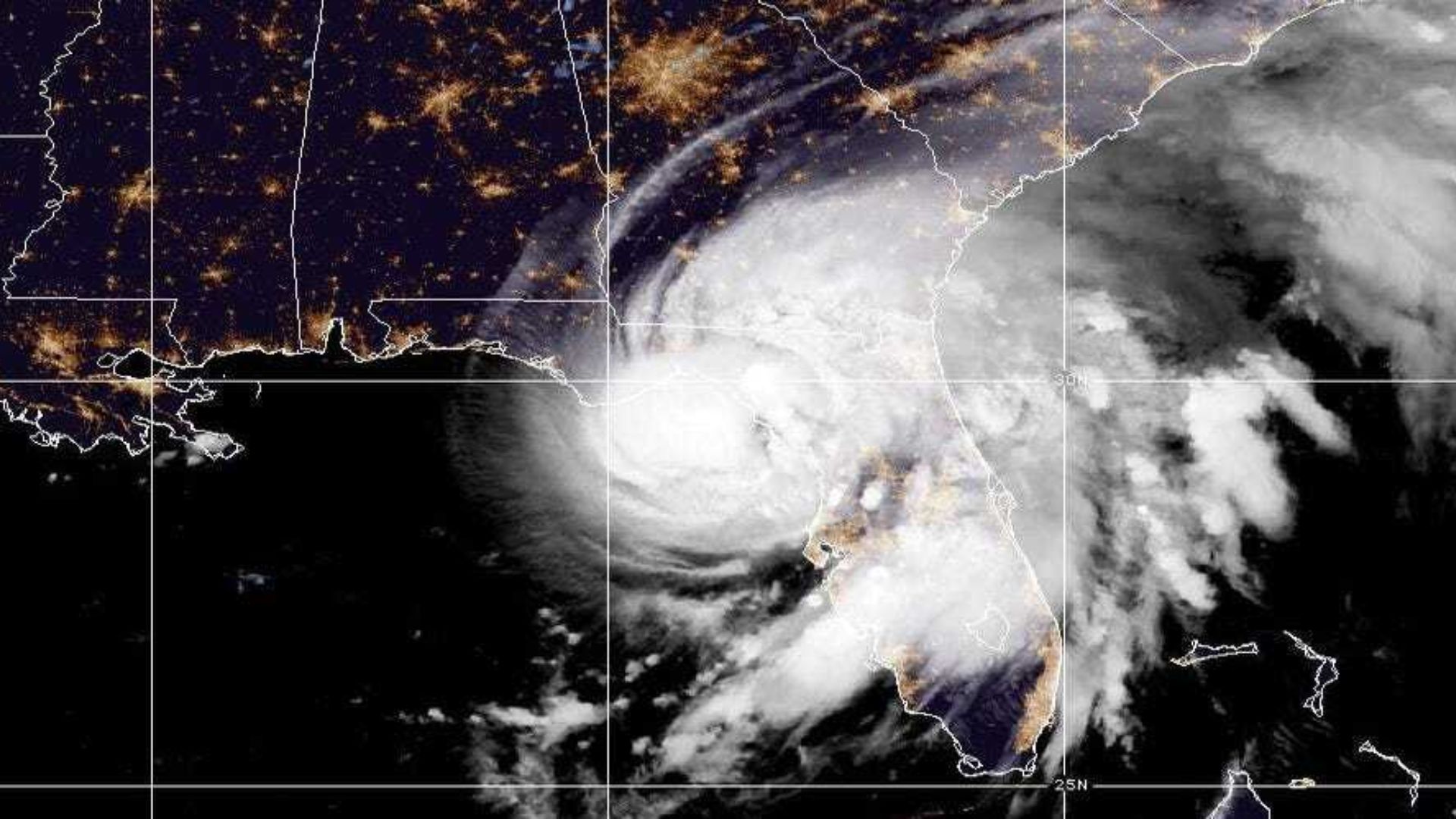
Since Hurricane Debby tore through the southern states, the storm has traveled north.
Nearly 130,000 people in North Carolina were left without power after a second landfall since the tropical storm hit the state. The hardest hit area was Mecklenberg County, where more than 23,000 customers were without power. Other affected places were Chatham, Gaston and Forsyth Counties.
When Debby Hit North Carolina
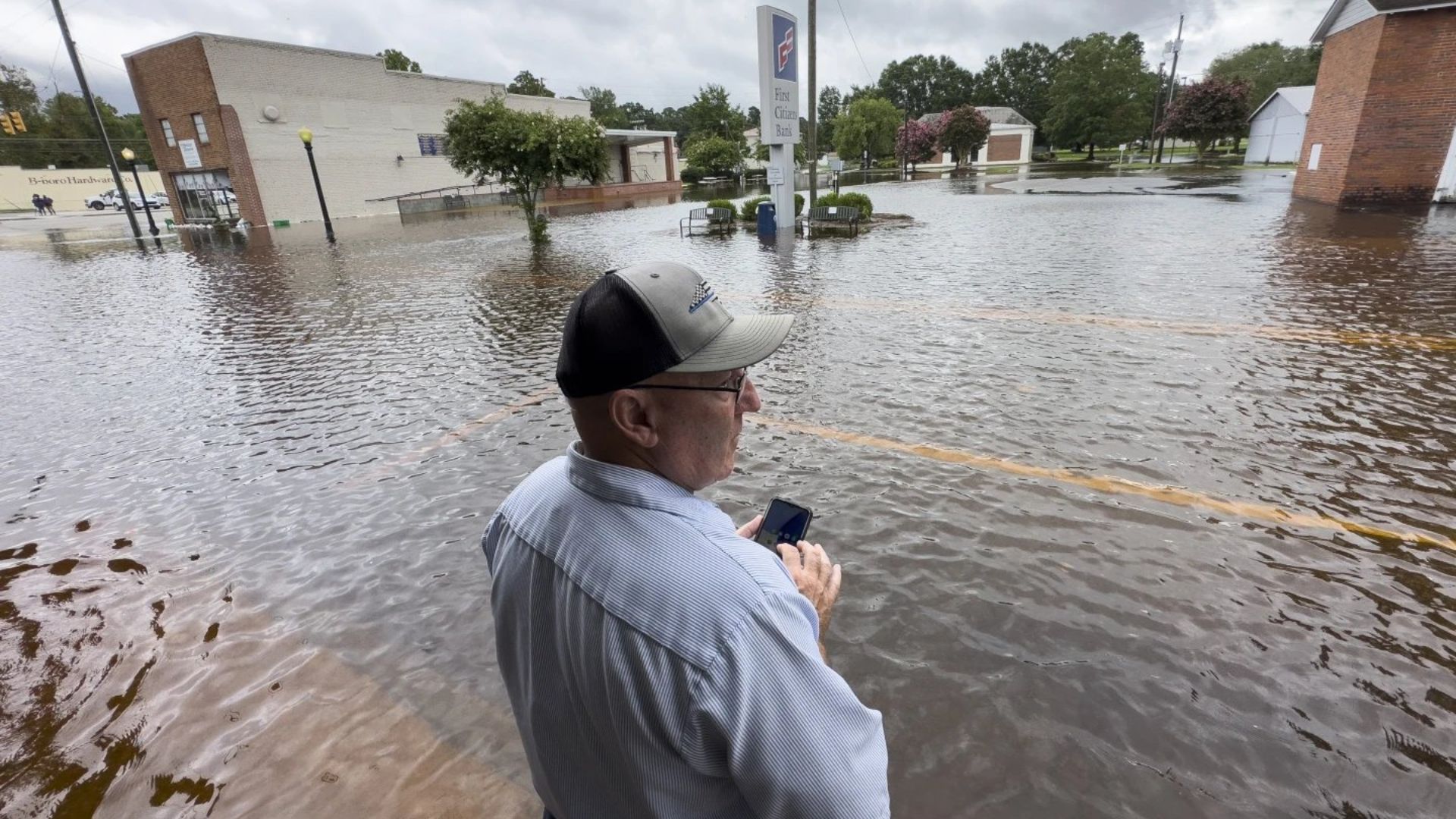
According to the National Hurricane Center, Hurricane Debby made its second landfall at around 2 a.m.
The storm hit less than 30 miles northeast of Charleston, South Carolina, with maximum winds up to 50mph. Some areas were predicted to reach up to 15 inches of rain in the Carolinas and Virginia.
State of Emergency
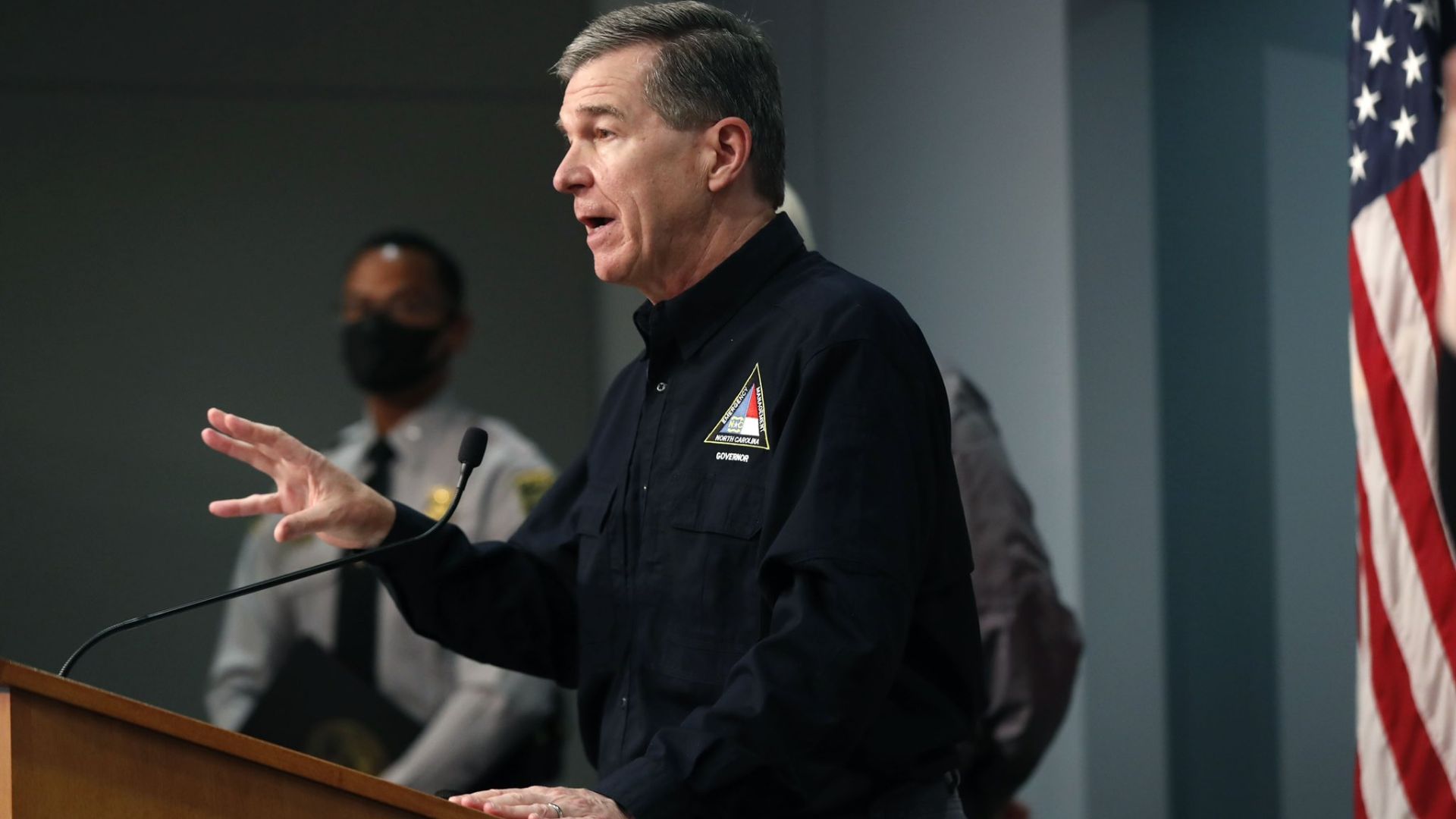
North Carolina’s governor, Roy Cooper, declared a State of Emergency earlier this week.
The State of Emergency was called due to expectations of rain, potential flooding and power outages. Other effects of the storm include tornadoes. Officials said that voluntary evacuations were underway in much of eastern North Carolina. So far, the extent of the damage to the region or potential casualties is unknown.
Bringing the Military In
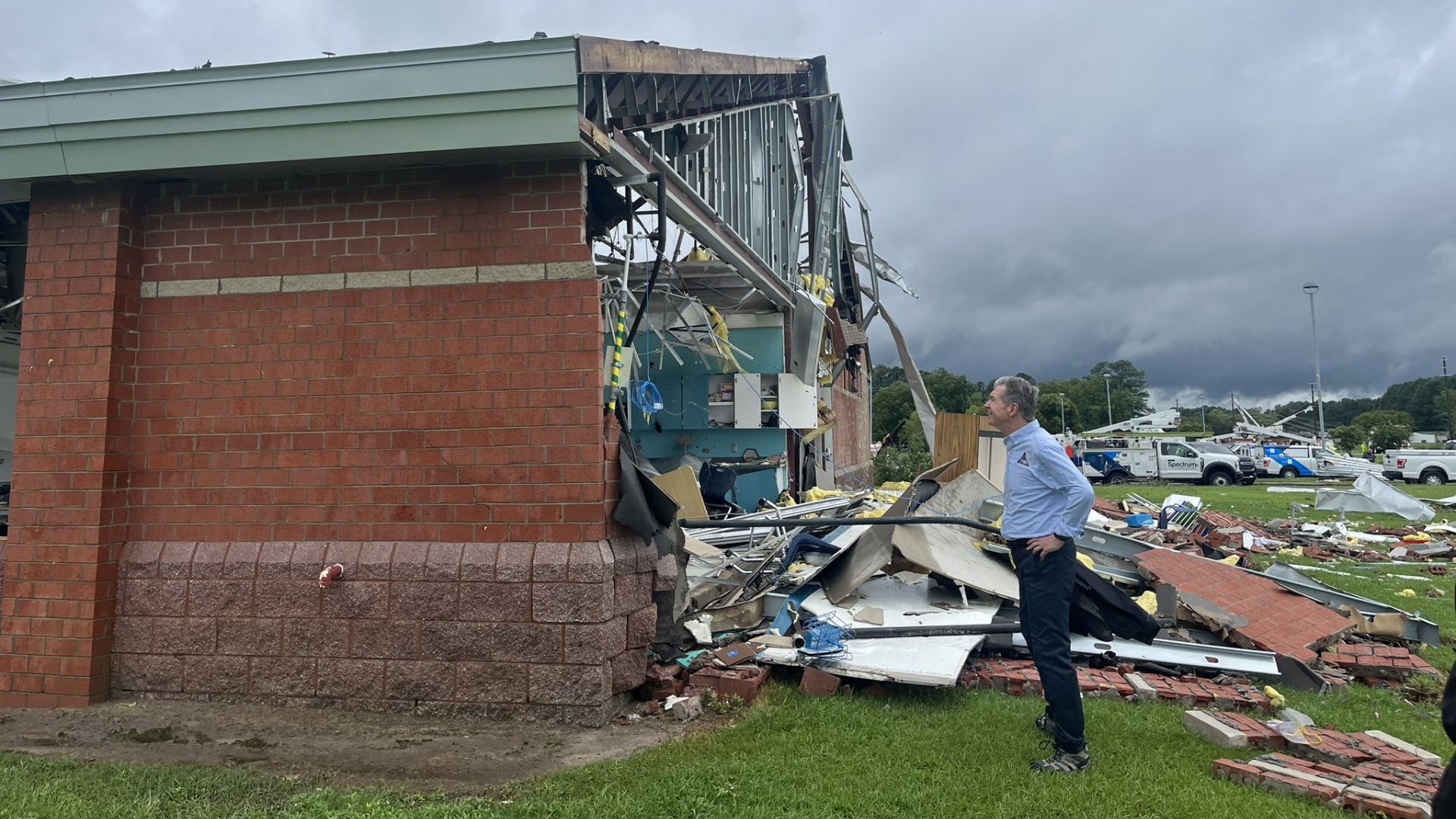
According to Governor Cooper’s office, the state government has brought in 350 soldiers and airmen from the state’s National Guard. Water rescue teams are also on standby throughout the state.
The statement said: “The State Emergency Response Team has pre-positioned people and equipment to expedite help to local communities, including supplies such as water, sandbags, tarps and water pumps.”
Reaching Vermont
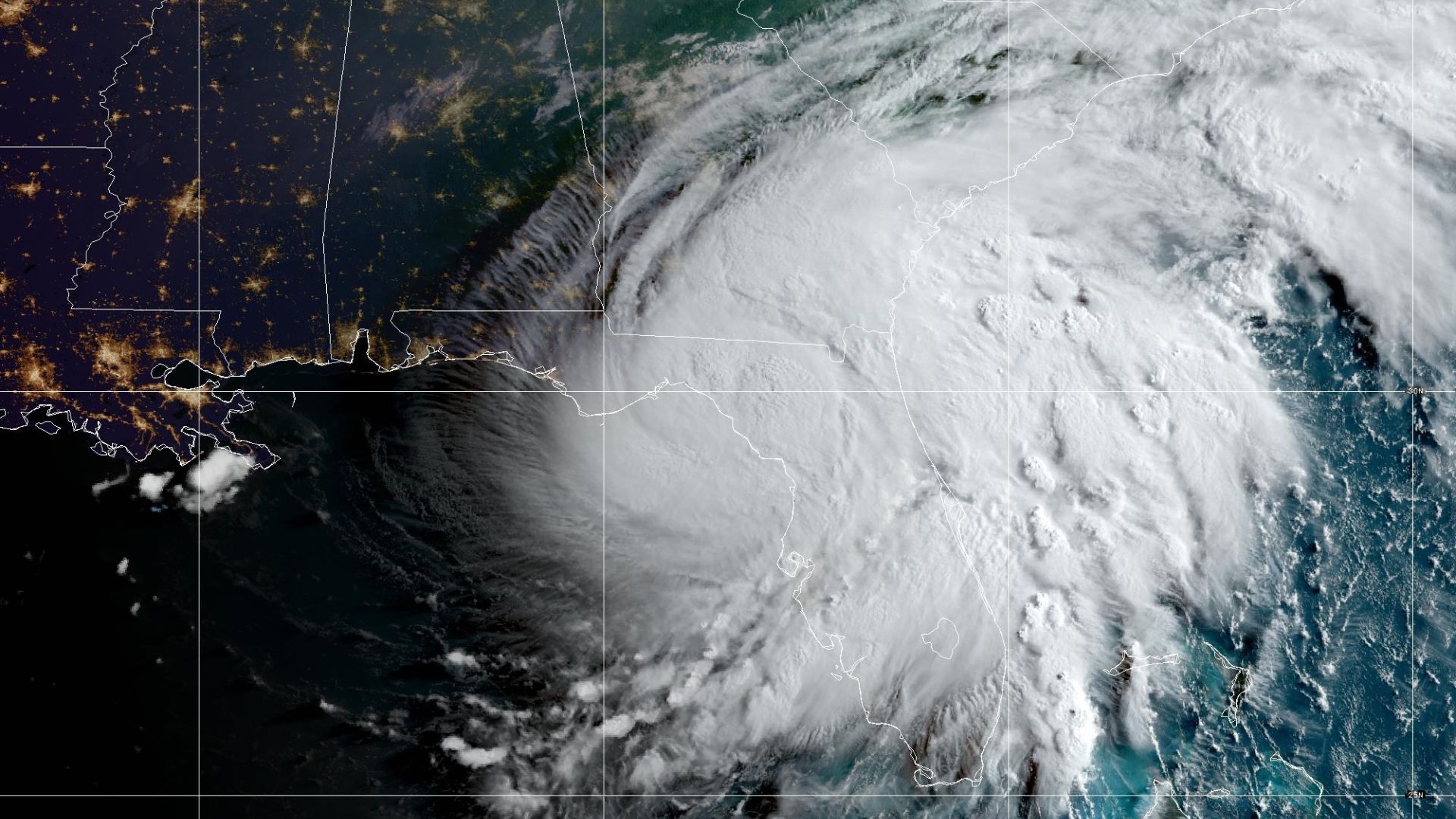
A tropical storm that first hit Florida and the southeastern states has reached as far north as Vermont.
The northeastern state is experiencing high winds, power outages and downed trees as it takes the residual effects of the hurricane. Just before 8 a.m., Vermont State Police reported two closed roads in Jericho due to fallen trees and power lines.
Thousands Without Power
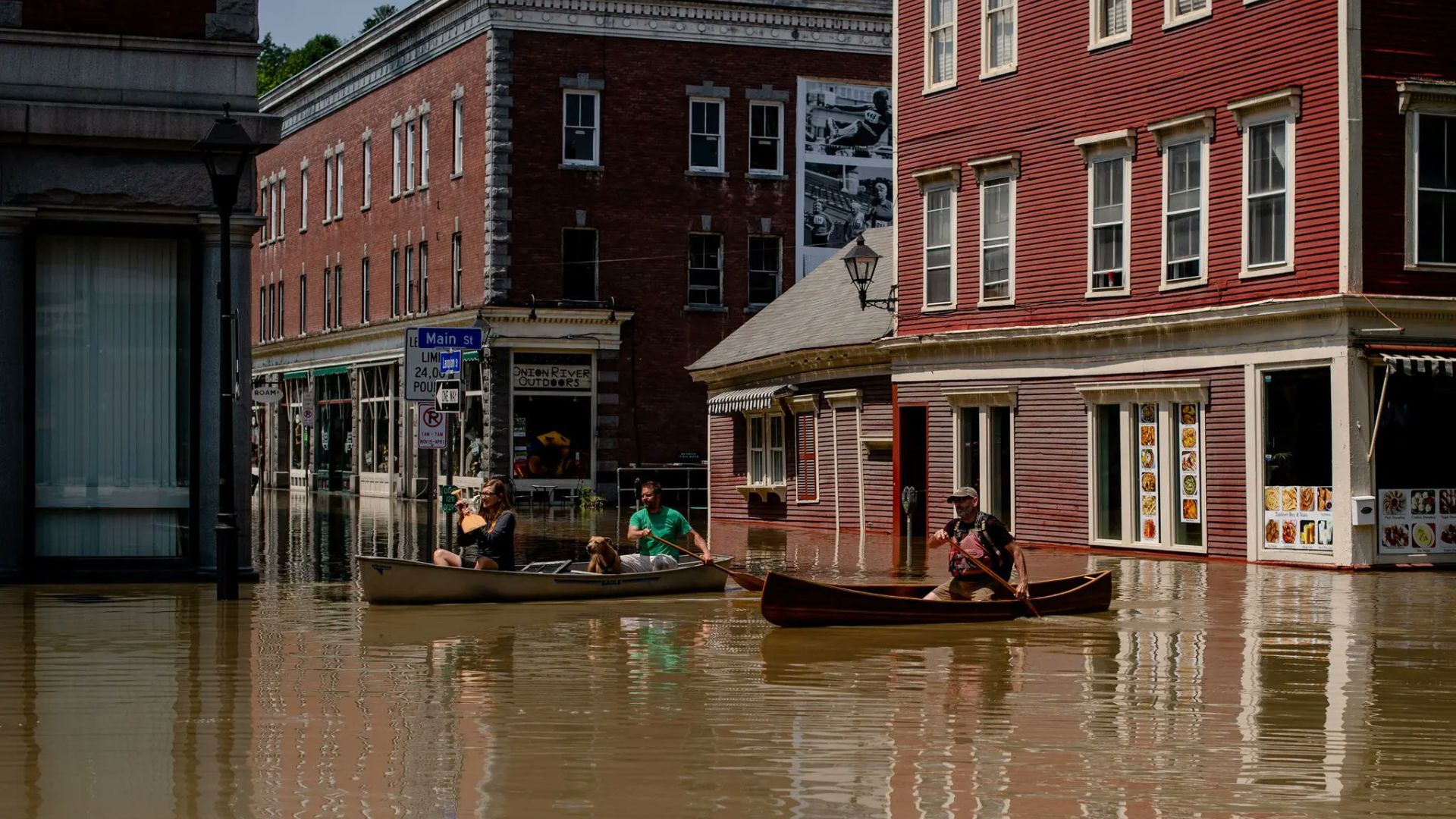
Although not on the same scale as the more southern states on the East Coast, 26,000 Vermonters are without power.
Mike Bosma, from Vermont Emergency Management, said the agency received two requests for assistance related to the storm. Bosma said: “We facilitated the border crossing of power crews from Canada to assist with power restoration. The Urban Search and Rescue team was also dispatched to Alburgh to help free an individual from a collapsed building.”
Spared From Flooding
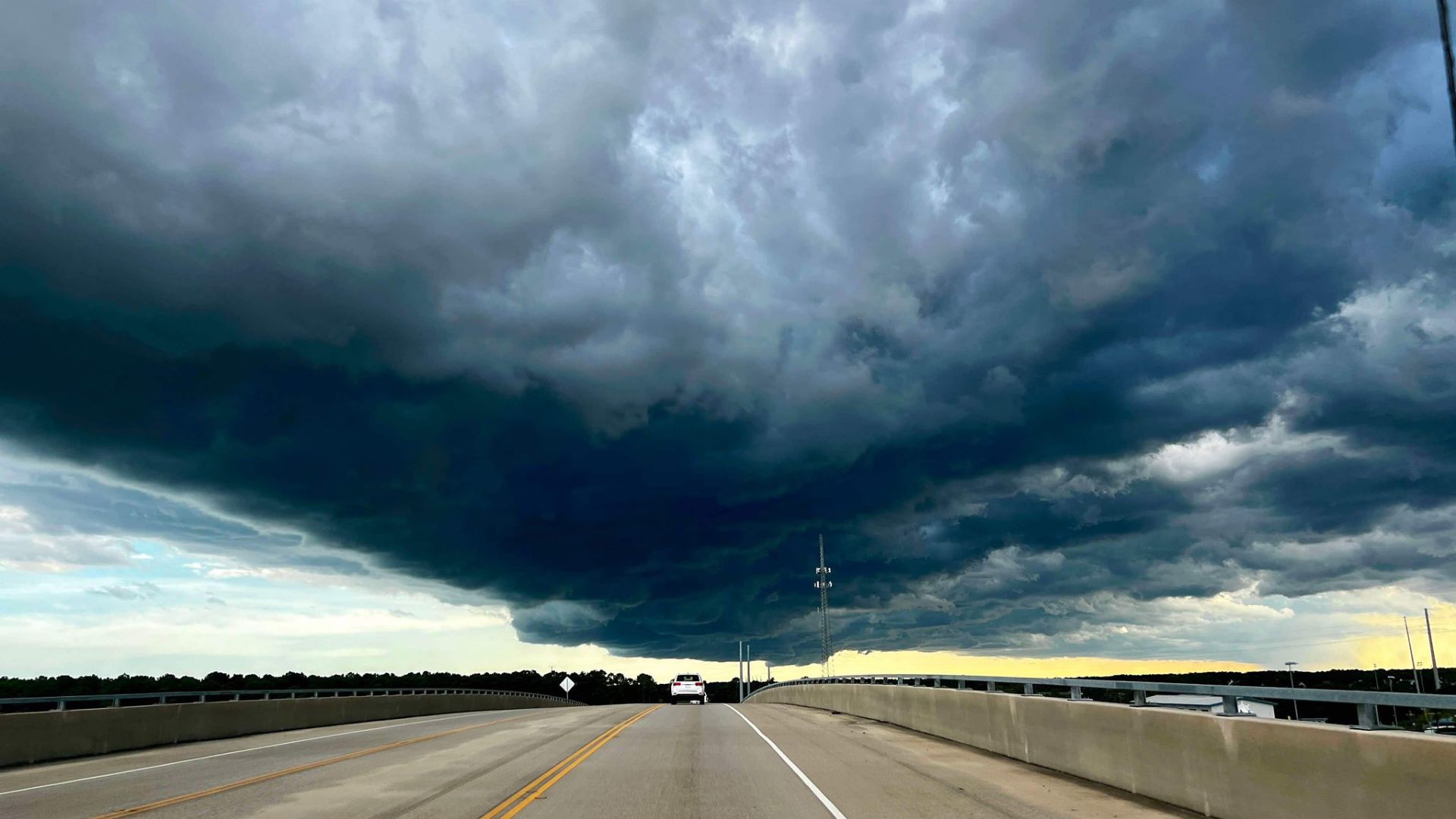
While the state has been mostly spared from flooding, the outages have affected thousands.
Vermont Electric Coop, the utility provider that accounts for about half of the outages, said 10 mutual aid crews from Massachusetts have come to help with repairs. Crews are helping towns remove debris from roadways. The public has been warned to steer clear of power lines. The most affected counties are Chittenden, Addison, Orleans and Franklin.
Florida’s First Hurricane of 2024
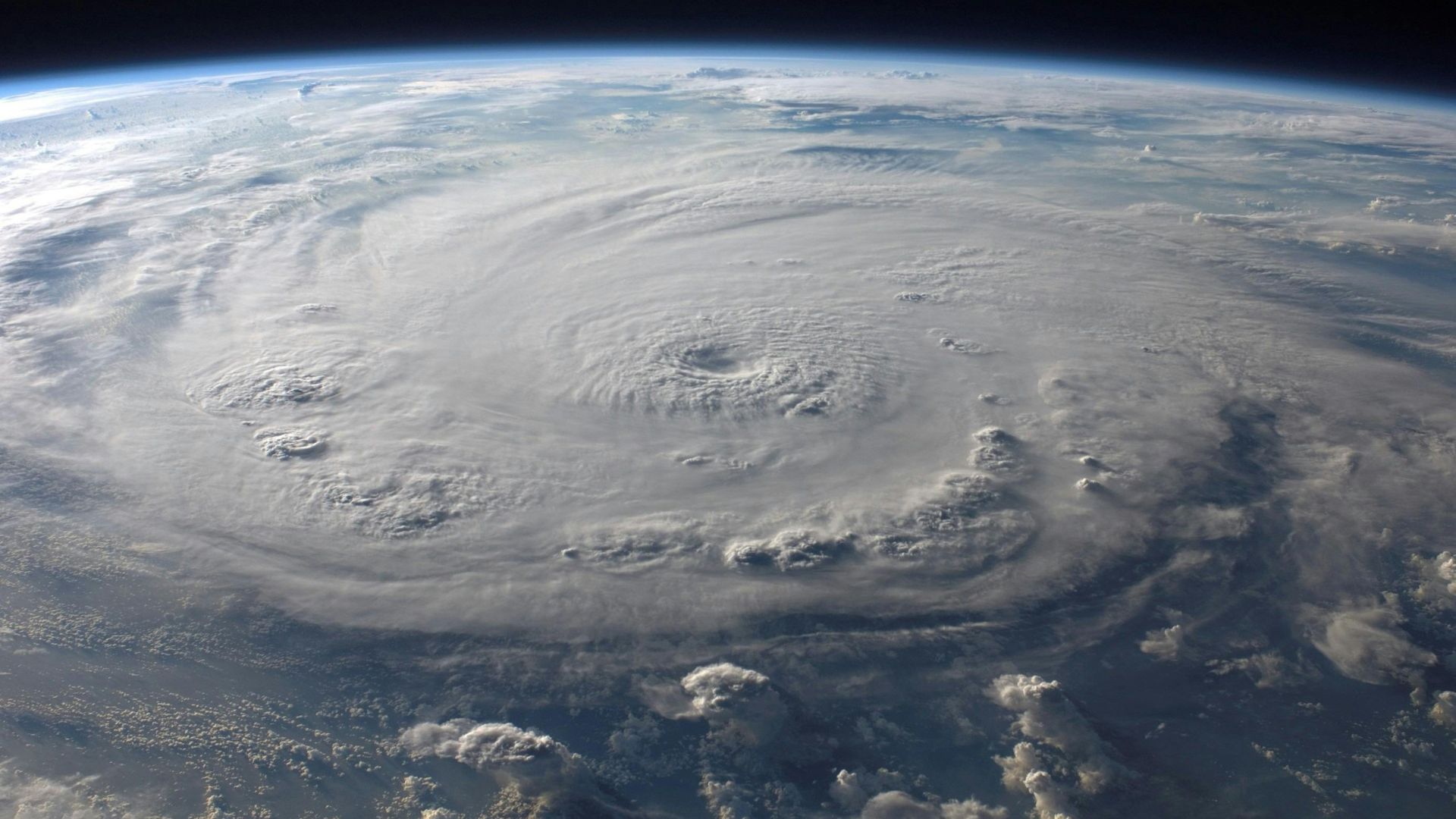
Hurricane Debby marks the first hurricane to hit Florida this 2024 hurricane season. So far, forecasters believe it will bring a whopping 30 inches of rain to the Sunshine State.
Life-threatening storm surges have also been forecasted, which could lead to dangerous situations in Florida.
Record Rainfall
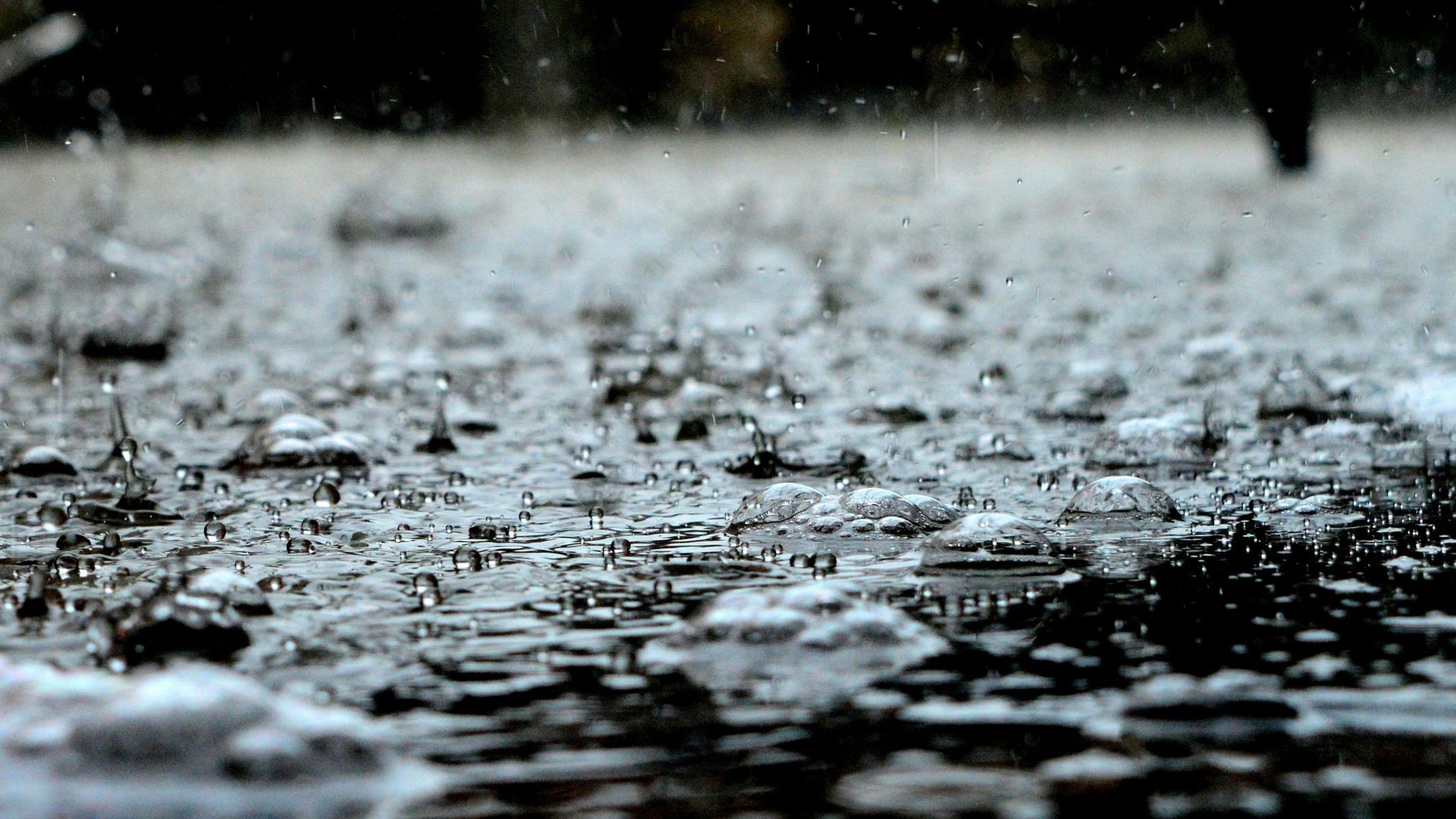
Weather experts are also anticipating that areas of Florida and the southeast of the U.S. will experience potentially record rainfall thanks to Debby.
As a result of this massive rainfall, many are worried that major flooding could quickly become a huge issue — especially because Debby is so slow-moving.
A Rapidly Forming Hurricane
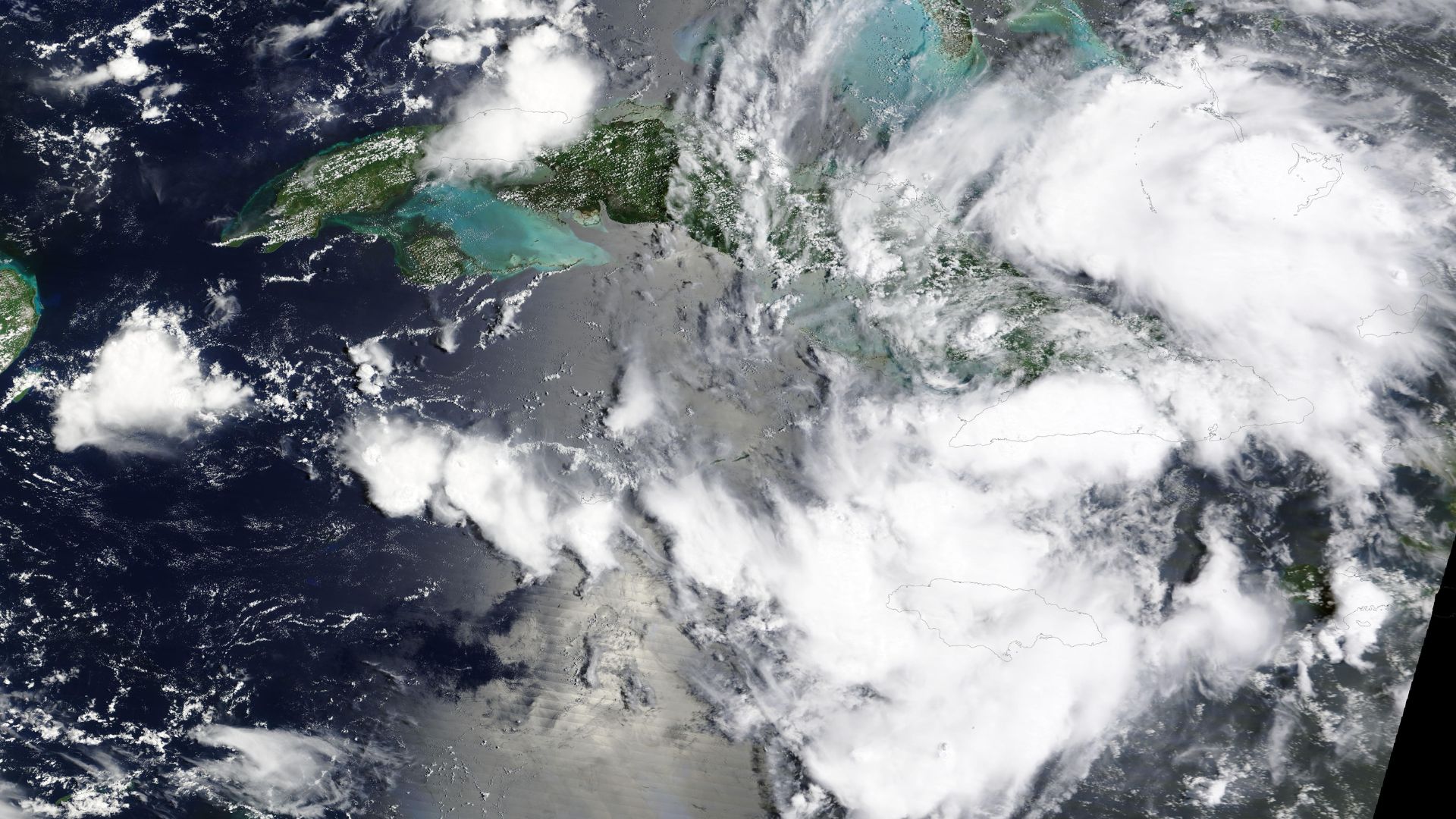
Debby’s landfall came less than 24 hours after it moved from a tropical storm to a Category 1 hurricane.
Debby was able to rapidly form from a storm to a hurricane thanks to the very warm ocean waters it was in — something that experts say we’ll see happen even more, thanks to the warming of the planet.
The Storm Has Left the U.S.
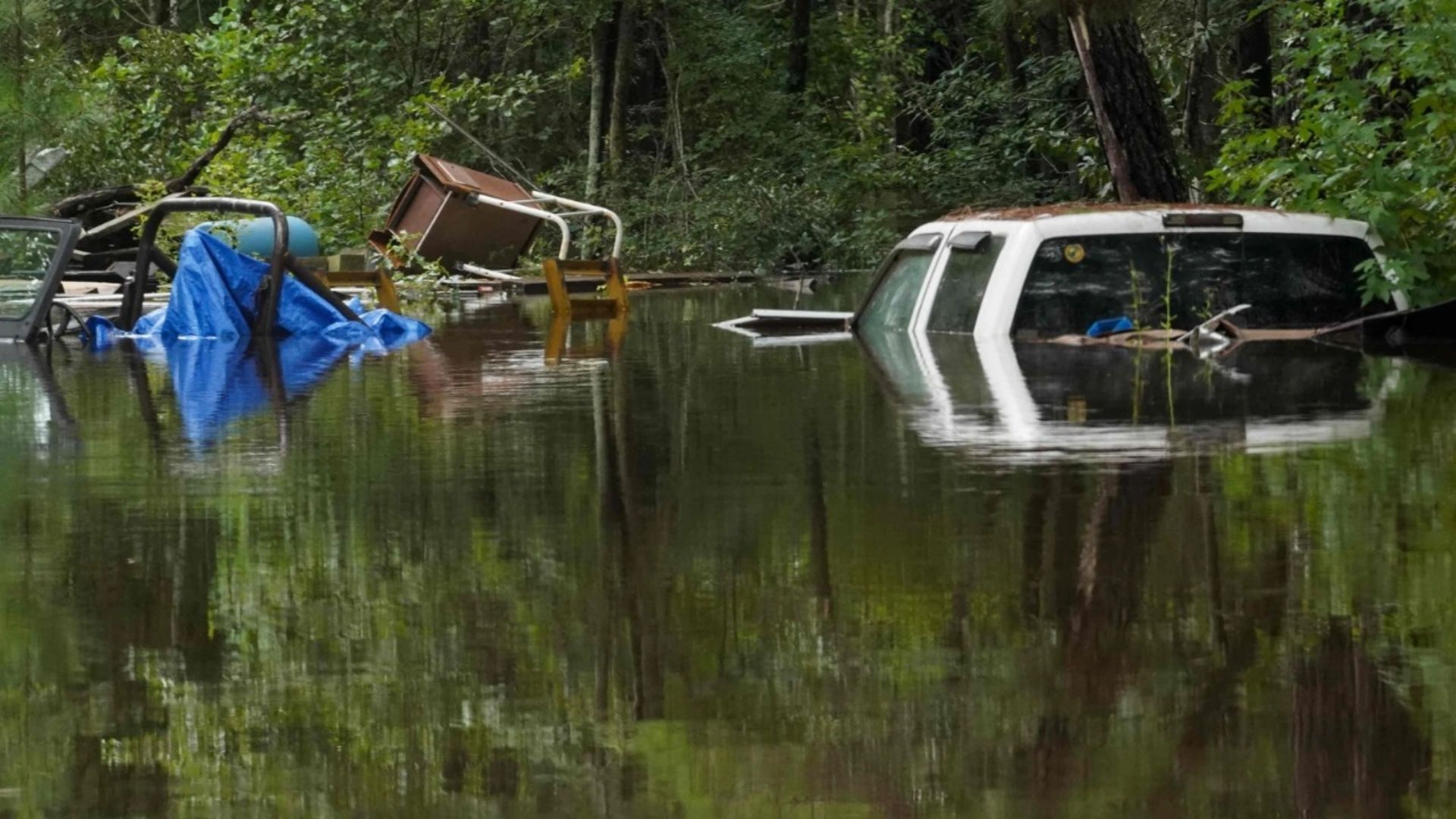
Hurricane Debby has finally left the U.S. despite leaving some flooding risks and power outages behind.
The power remains off in over 100,000 homes and businesses across four states. Over the week that the storm ravaged the East Coast and several people were killed. More than half of the power outages were in Ohio, where tornadoes blew through the state as a result of the storm.
Lasting Damages Before Reaching Canada

As the storm moves out of the U.S. and into Canada, it leaves extensive damage behind.
Debby’s last day in the U.S. left south-central New York and north-central Pennsylvania inundated, prompting evacuations and rescues by helicopter. On August 9, the storm continued lashing New England and southern Quebec with rain despite conditions improving as the it traveled northeast.
